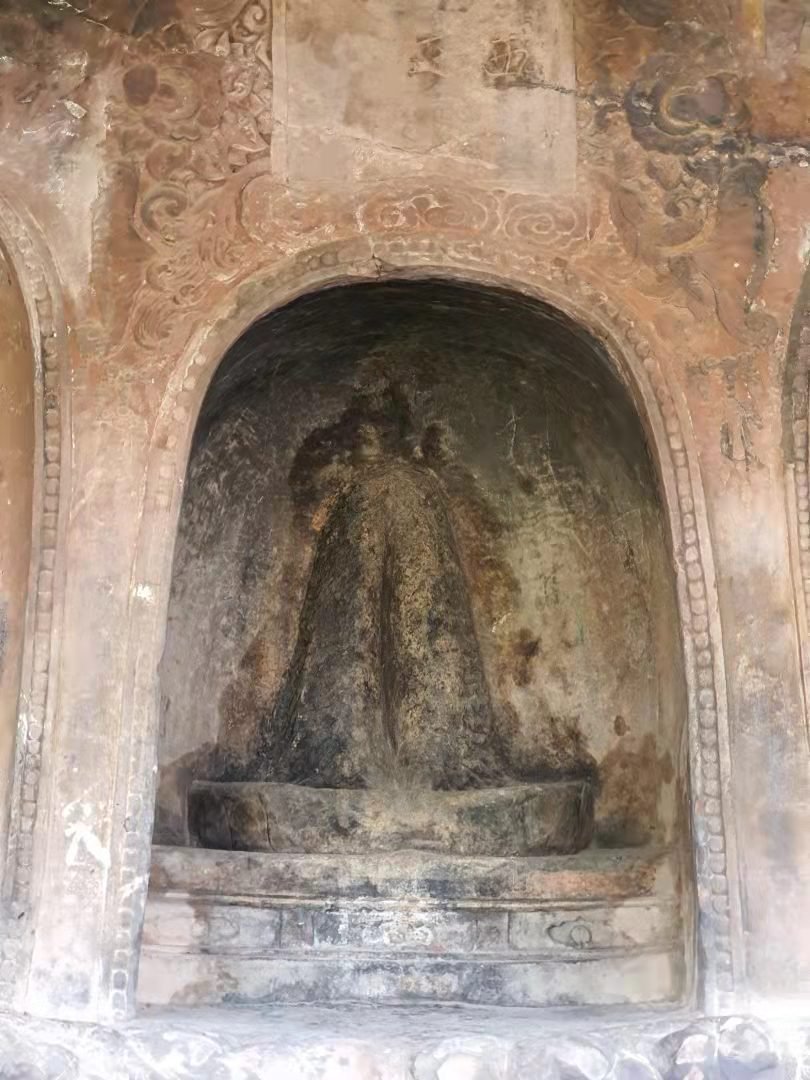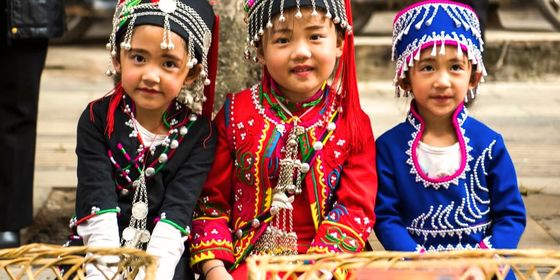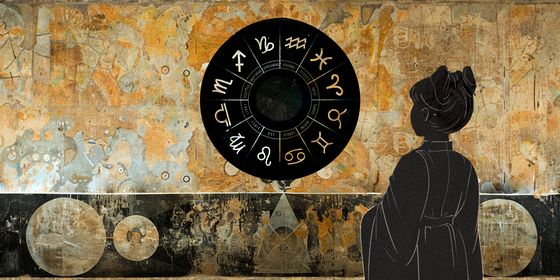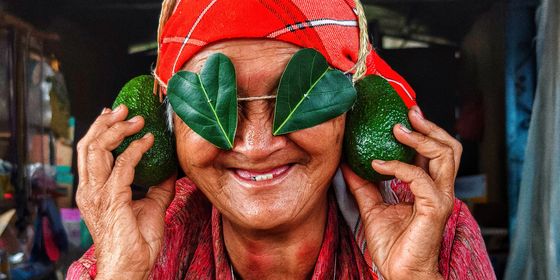A mysterious and unique carving of female genitalia in a Buddhist grotto has served as a place of worship for centuries
In tourist brochures and online, there is nothing to suggest that “Cave 8” at the Shizhonghshan Grottoes (石钟山石窟) of Jianchuan county, Yunnan province, holds anything scandalous. Most of the sightseers here, high in the mountains above the rapidly touristifying town of Shaxi, walk straight through the site with glazed eyes, distracted by the view or the perilous hijinks of their small children atop the cliff edge. It’s the last cave of the collection, so they think they know what to expect—more statues of the Buddha, forgotten local kings, and poems in spidery scripts.
All the more surprising when Cave 8 hits you square between the eyes, the last thing you’d expect to find in a Buddhist holy site: In a niche flanked by bodhisattva statues and bedecked with lotus flowers, a stone sculpture of a vagina the size of a watermelon stands proud atop a plinth.
Signs introduce the carving as the Ayangbai (阿姎白) and urges scholars and visitors to “engage in debate” as to what this bizarre sculpture could mean and how it got into this unlikely spot. This is because little is known about it; even the meaning of its name is disputed. The sculpture is a curious anomaly in this cave complex built between 850 and 1179, itself filled with statues of the rulers of the Dali Kingdom, whose independent territory stretched across most of present-day Yunnan until it was subsumed into the Mongol Yuan empire in 1253.
“There is no consensus on Ayangbai, only various theories,” Dong Zengxu, president of the Jianchuan County Cultural Heritage Research Institute, tells TWOC. “But we know one thing—the practice of worship toward Ayangbai for fertility and reproduction has existed among the local people from ancient times to the present day.”
Scholars have suggested the name Ayangbai may be a corrupted transliteration from the languages of the Bai ethnic group living down on the Shaxi plain, or the Yi people of the surrounding mountains. As bai is the Yi word for female genitalia, some try to link the word to the Yi language, while scholars of the Bai people claim the word was originally a Bai euphemism: “little child door.”
When and why Ayangbai was created is also unknown. Perhaps it wasn’t meant to be there at all. The first study of the grotto, made in 1951 for China’s Ministry of Culture, pointed to the roughness of the carving compared to the finely-hewn figurines surrounding it, and concluded the Ayangbai was added after the original grotto was finished. According to the theory, there was originally a figurine of a goddess—possibly the Guanyin bodhisattva—atop the lotus seat, but a single crack developed in the statue, and it was retouched over the centuries into genitalia that became the object of fertility rituals.
Or maybe the vagina was there first: In a 2014 paper, Zhu Wenxu of the Minzu University of China argued that Yi people from mountainous areas performed fertility rituals across several natural locations in Yunnan province. This site was one of them, Zhu believes, and the primitive totem was later integrated into a site of Buddhist ceremony, allowing old and new religions to coexist together.
Perhaps it was even imported. In 1999, a research team from Peking University and Yunnan University hazarded the carving formed part of sexual fertility rituals associated with tantric Buddhism, a branch of the religion prevalent in India and Tibet. This is plausible, given the caves sit above the so-called “Tea Horse Road,” where tea traders wound their way between Bengal and the Himalayas from the Han dynasty (206 BCE – 220 CE) right up to the 20th century. As with the trading routes of the Silk Road in China’s northwest, the flow of goods and ideas frequently went hand in hand.
The Ayangbai certainly has a long history of serving the Bai community in fertility and childbirth. According to a study made by the Jianchuan County Bureau of Culture in 1998, thousands of Bai men and women were known to travel from several nearby counties to ask its favor. Tens of thousands of people would supposedly arrive there in late July and early August during the three-day long Shibaoshan Song Festival (a Bai festival held in the area for young people to find a marriage partner), praying to the carving in between matchmaking and bonfires.
The Bai people still make offerings to the Ayangbai in two situations, says Yang Feipeng, an independent researcher on the Bai ethnicity, in a phone conversation with TWOC. “One is for relatives to pray for a newly married couple to have babies. Another is that before the expected date of childbirth, relatives will pray for the mother to have an easy labor.”
Local shamans would aid individuals in need of the Ayangbai, reciting a special chant about golden and silver frogs with big bellies (the rotundity of the frog belly imitating the rounded belly of pregnancy). During such prayers, a family member or expectant mother will visit the Ayangbai, make offerings of fruit, burn incense sticks, and then wipe the carving with sesame oil as a special lubricant, easing the baby’s journey into this life. “They were still chanting this when I was there after I graduated from college [in the late 1990s],” remembers Dong. “It was not just about our human lives. People also came to this place to pray for good harvests, the reproduction of animals, and the growth of plants, because only this female element has the power to reproduce.”
But the times are changing fast. According to Dong, most of the shamans and believers are very old, and many have already died. Young people have not inherited this unique superstition, unaware of the old chant and the Shibaoshan Festival’s link to the site. “In the 1990s, the National Cultural Heritage Administration, in fear of damage to the grotto, asked the local government to guide the masses to hold the celebration at [nearby] Baoxiang Temple instead,” Dong says. No sesame oil can be smeared on its surface, and it is unclear if young people ever visit it now—although Dong remembers a young Korean couple struggling to conceive making a pilgrimage during their stay in Shaxi during the 1990s.
Even Yang himself has never performed the ritual—“not everyone will give offerings to the Ayangbai; most of those who do are the older members of the family,” he says. Like the tourists who pass by the Ayangbai, Yang’s elder son, a teacher in Chengdu, is indifferent toward the carving. “I’m not a Buddhist, I believe in science,” he tells TWOC over WeChat. He suggests that visiting the Ayangbai is like wearing traditional Bai clothing for today's Bai youths—it’s a thing of the past, and “our generation seldom have people willing to do those things.”














